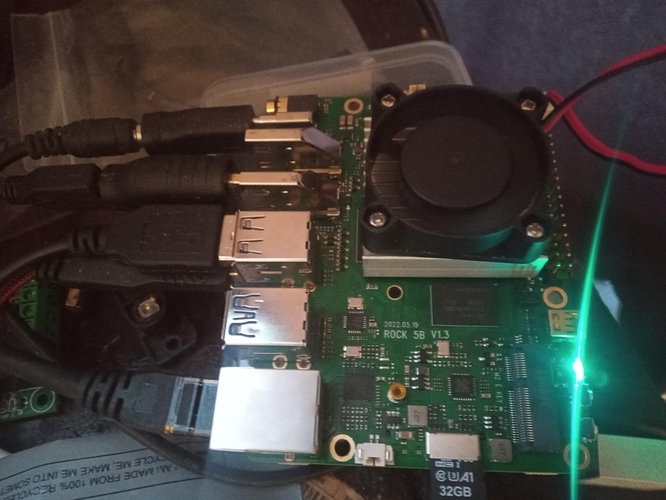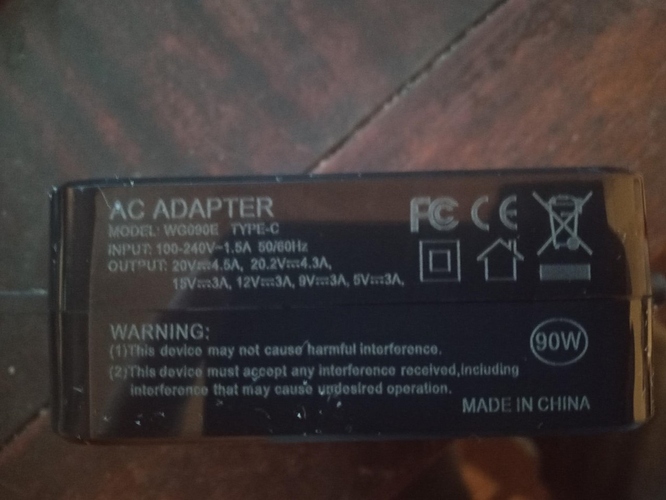Hello together,
I plan to use the Rock 5B inside a selfmade NAS. Since the NAS build will already include a powerful 12V supply for the HDDs, I would like to supply the board from this voltage directly instead of relying on a separate USB-C charger.
According to this Wiki it should possible to power the board from a fixed 9-20V supply.
https://wiki.radxa.com/Rock5/hardware/5b
Does this mean that I can wire up a fixed 12V output to an USB-C plug and connect it to the board? Is it fine if there are no USB-PD negotiations at all?
Alternatively if I were to be able to provide a strong 5V supply, would it be possible to power the board by connecting the 5V supply to the 5V pins of the GPIO headers (like it is possible with a Raspi)?
Best regards,
Kai



